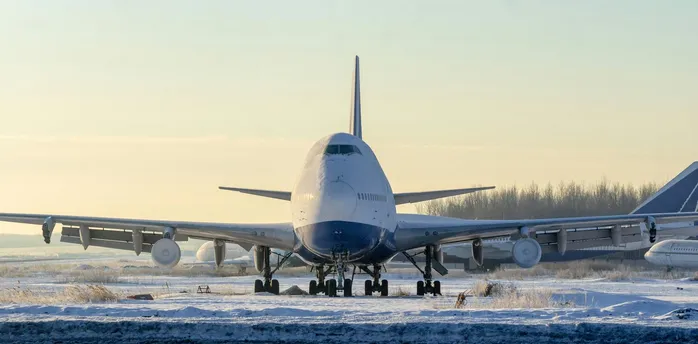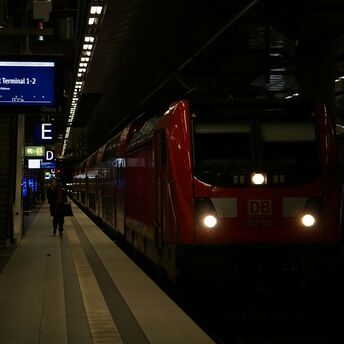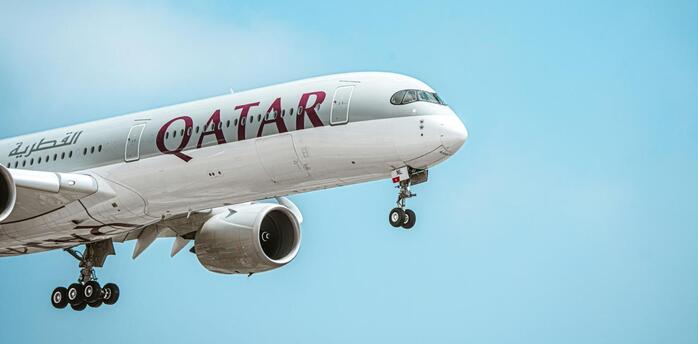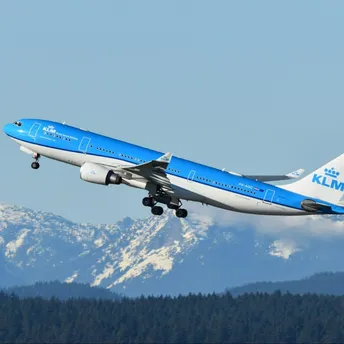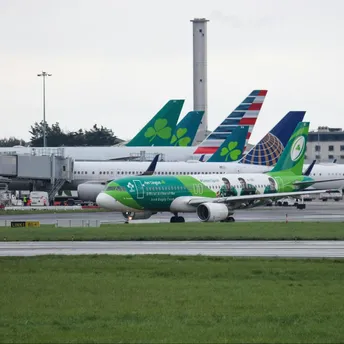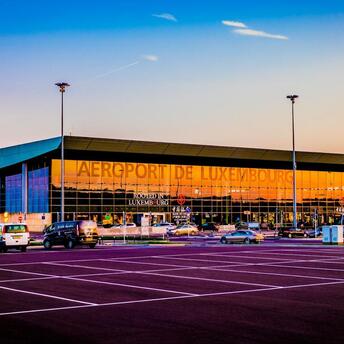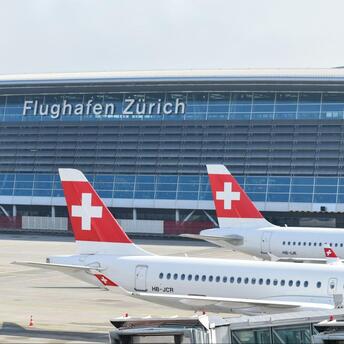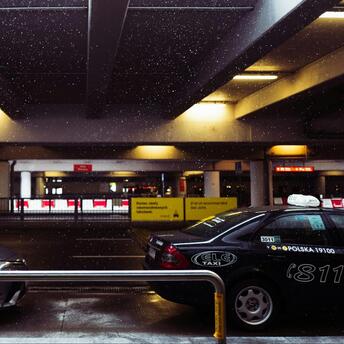Global Aviation Community Mobilizes to Tackle the Climate Challenges of Contrails

In a significant move, the International Air Transport Association (IATA) has released a detailed report emphasizing the urgent need for greater understanding and action on the environmental impact of aviation contrails. Titled "Aviation Contrails Climate Effect: Tackling Uncertainties & Enabling Solutions," the report calls for an intensified global effort to delve deeper into contrail science to effectively combat their warming effect on the planet.
Contrails, those streaky clouds formed by aircraft at high altitudes, are more than just a visual phenomenon in the sky—they have a tangible impact on climate change. The report highlights a critical gap in current scientific knowledge—specifically, the lack of detailed, real-time data on atmospheric conditions, which significantly hampers accurate forecasting and understanding of contrails' climate effects.
IATA’s Director General, Willie Walsh, pointed out the complexities of contrail impacts and the collaborative path forward. "To ensure effective and sustainable aviation practices, it's imperative that we advance our understanding of where and how contrails form," Walsh said. He emphasized the need for "more trials, more data collection, and improvements in climate modeling" to refine strategies for mitigating non-CO2 emissions from aircraft.
The strategy laid out by the report is phased over decades and begins with an immediate emphasis on reducing CO2 emissions, recognizing that the gains from contrail mitigation are still uncertain. The next steps involve increasing participation in atmospheric data collection programs and enhancing the capability of existing climate models.
From 2030 to 2040, the focus will shift towards integrating advanced technologies and setting standards for data sharing among aircraft, which will help predict and manage the conditions under which contrails form. Long-term goals, set for 2040 onwards, include a comprehensive understanding of alternative fuels and their role in reducing aviation's environmental footprint.
This concerted effort calls for collaboration not just among airlines but also involves meteorologists, technology developers, and policy-makers to forge a path towards more sustainable aviation practices. The proactive measures proposed are aimed at maintaining the delicate balance between air travel and environmental conservation, ensuring the skies remain friendly not just for travelers but for our planet as well.


